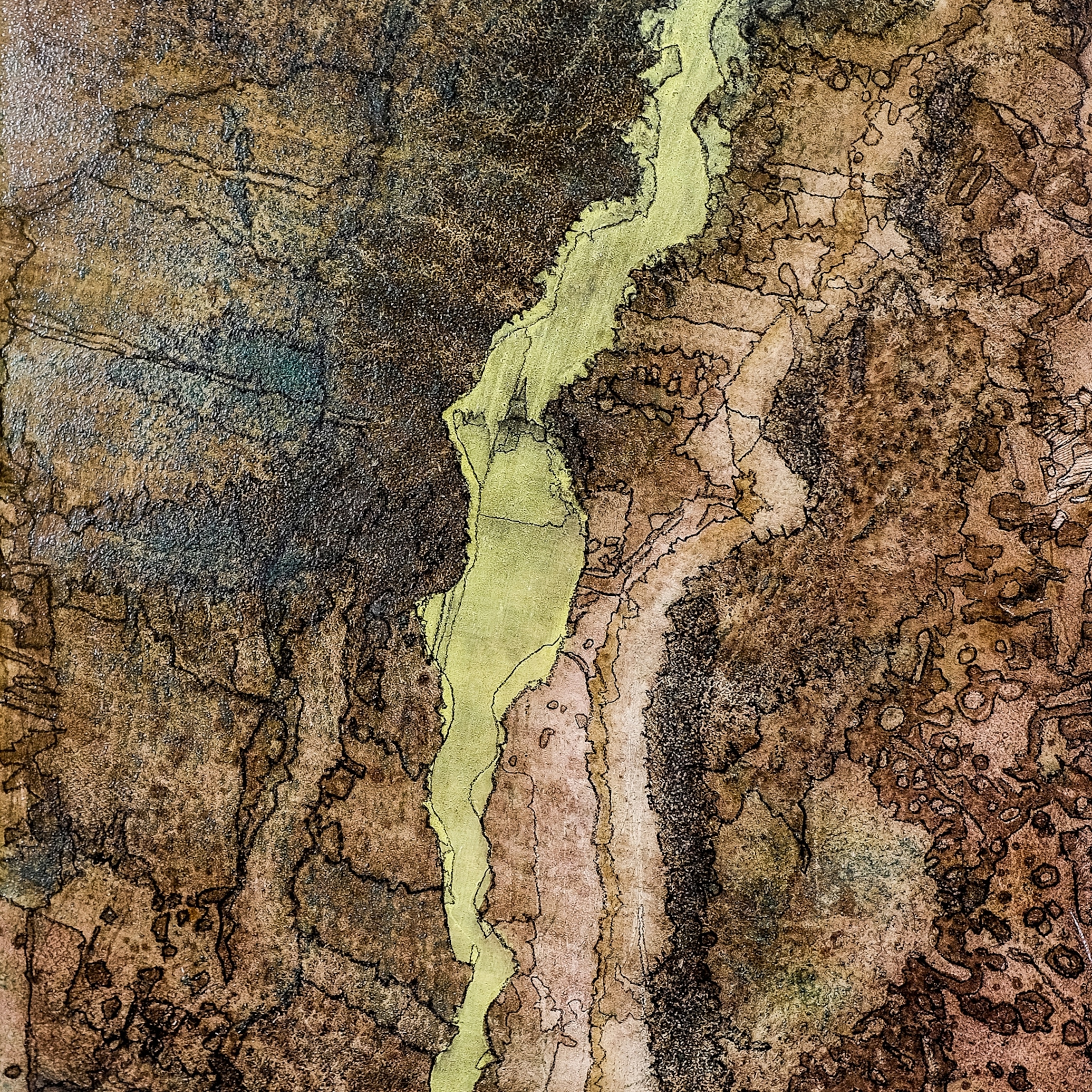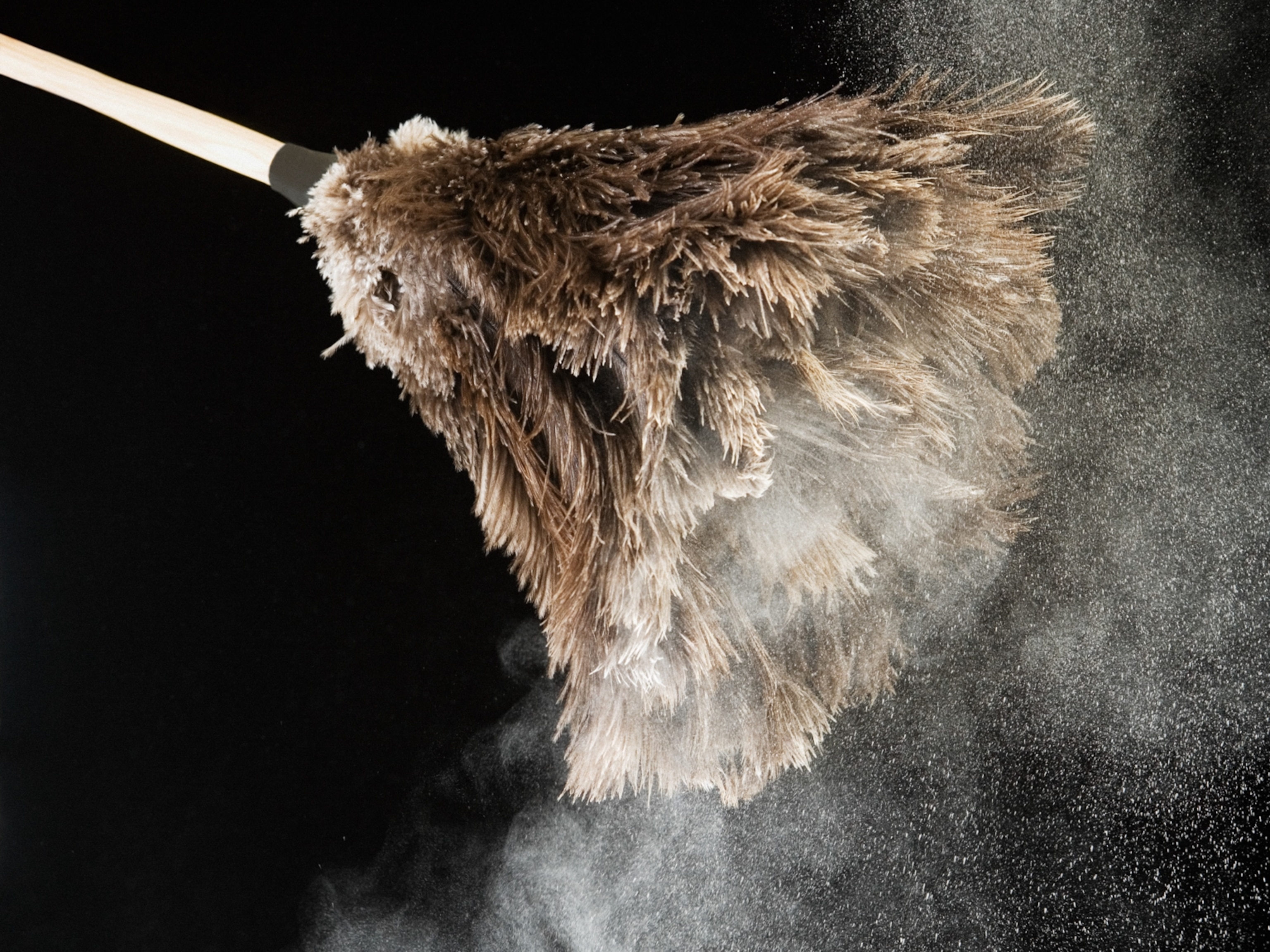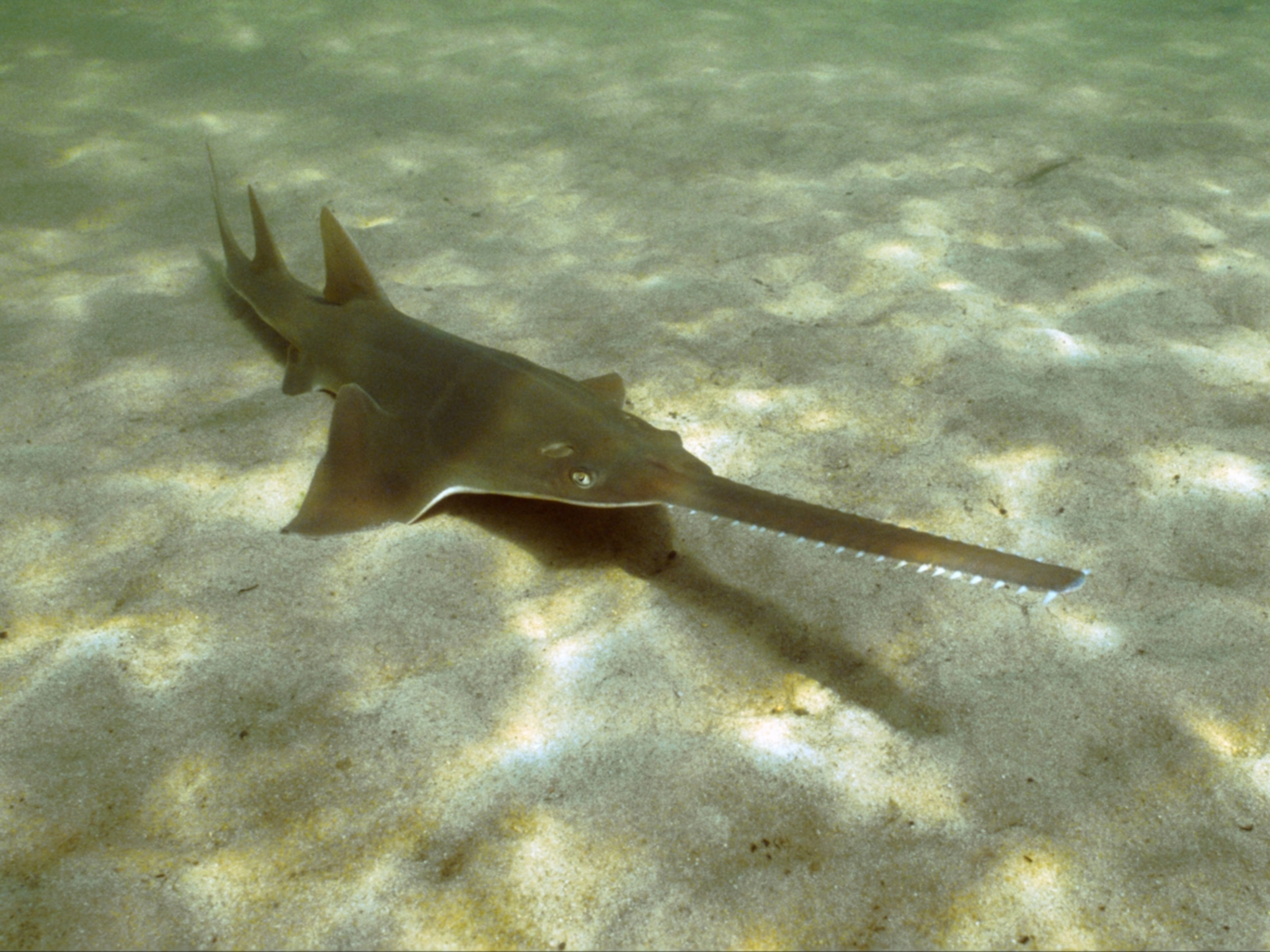Our car tires are poisoning salmon—and maybe us, too
Scientists have learned that particles from car tires are a leading culprit in salmon declines in the Pacific Northwest—and are in our bodies as well.
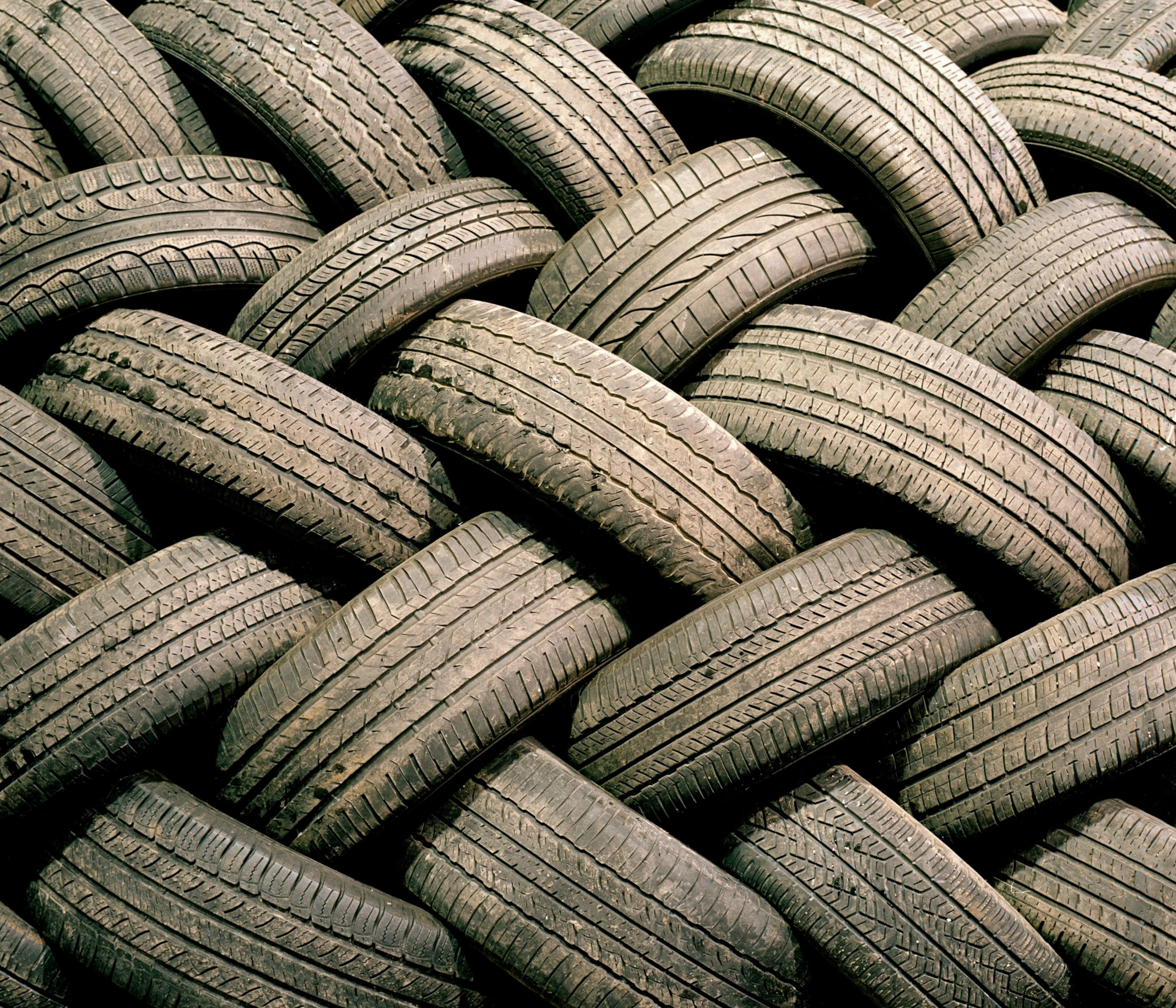
On the banks of an unassuming creek south of Seattle, biologist Nathan Ivy packed a pair of dripping waders and a cooler full of petri dishes into the back of his pickup truck, and peeled away towards the highway.
As he merged south on Interstate-5, he was uniquely aware that from this river of cars, including his own, issued an imperceptible and deadly chemical—the same chemical, he knew, disfiguring the vermillion salmon eggs in the petri dishes packed away beside him.
For decades, researchers suspected that a strange chemical in Washington’s streams was causing unnatural numbers of adult coho salmon to wash up dead after heavy rains, their bellies full of unlaid eggs. In 2020, after years of Curie-like obsession, a team of scientists finally identified the deadly chemical in roadway stormwater runoff as 6PPD-quinone. Its parent chemical, they confirmed, is in virtually every tire in the world.
Every year, every person in the U.S. sheds almost six pounds of 6PPD-carrying tire dust onto America’s highways and roads, where it’s swept by rain or wind off into the environment. The chemical is everywhere, say scientists. It has already been found in waterways around the world, in the air, and in human blood and urine. For coho, a keystone species in the Pacific Northwest food chain and a cultural pillar for Native American tribes in the region, the prognosis is dire.
“It kills them pretty quick,” said Ivy, who is monitoring the impact of 6PPD-quinone from one contaminated stream in Washington on the lifecycle of coho grown in those waters. “We’re talking symptomatic within 45 minutes of a lethal dose.”
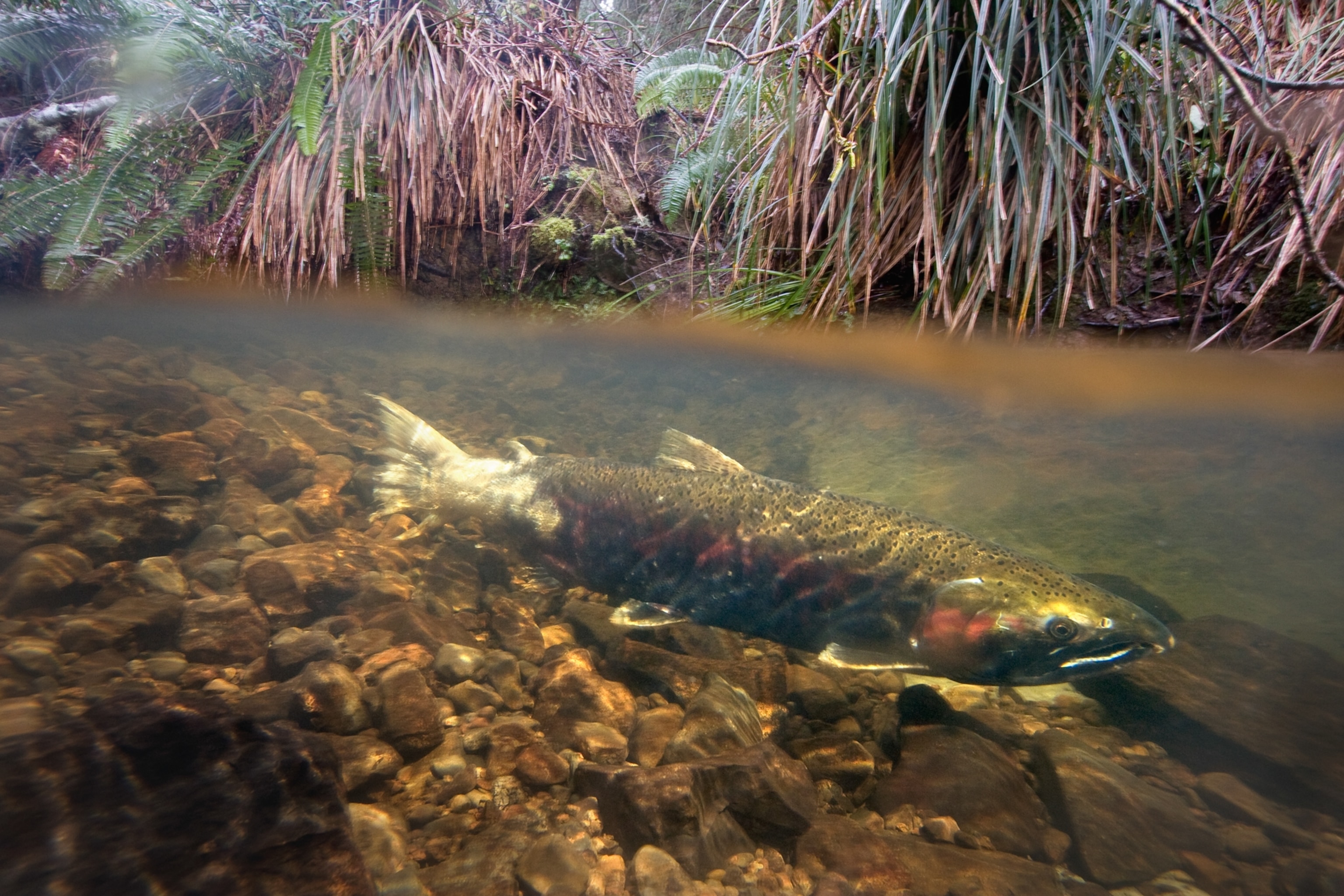
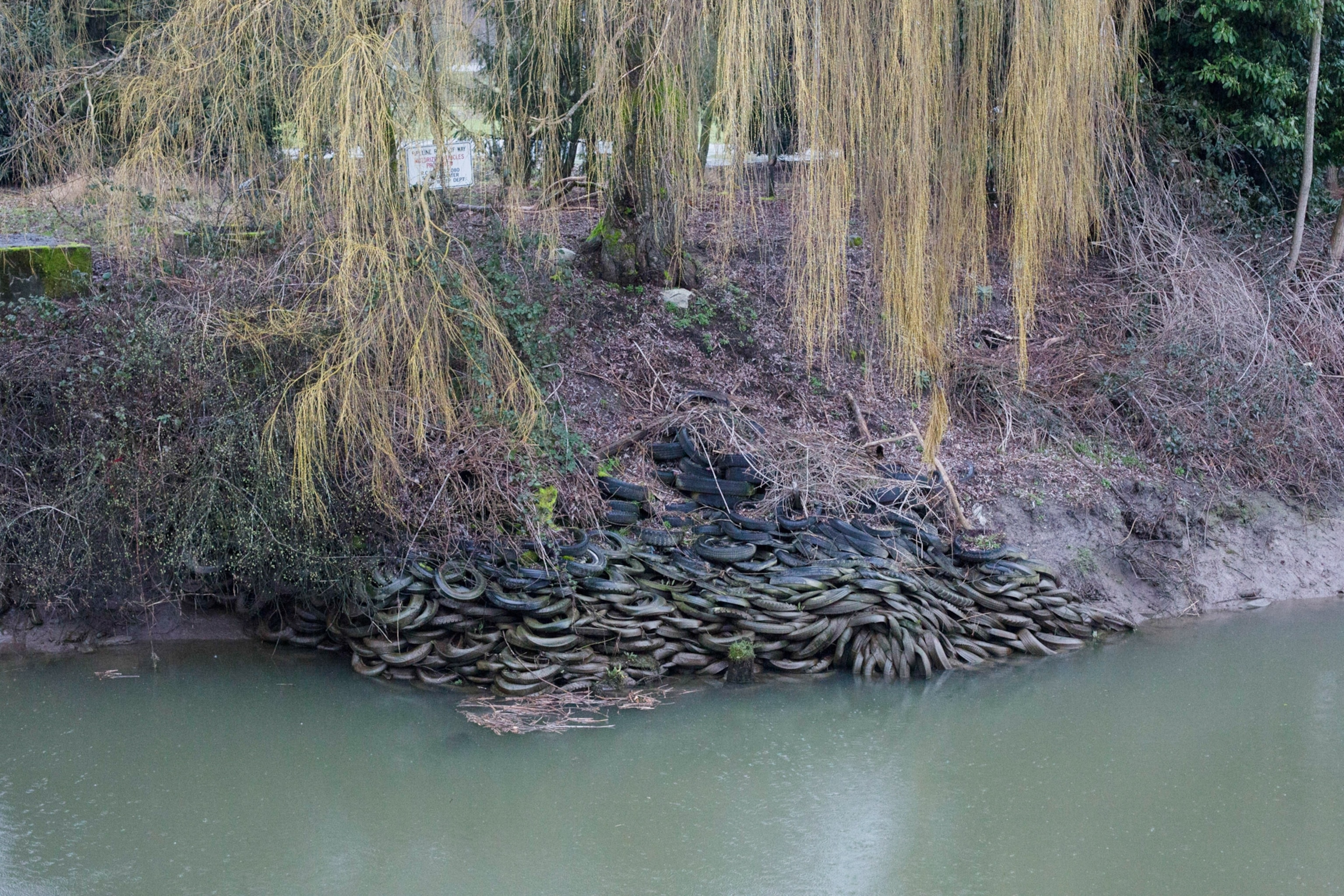
Scientists are now hurriedly looking for an alternative to a chemical that tire manufacturers have come to depend on as an essential anti-degradant, while environmentalists scramble for legal solutions.
These efforts may move too slowly. Many stormwater drains feed into rivers and streams where adult coho return each fall to spawn, especially in urban areas like Seattle. Since the 1990s, Seattle’s active citizen science groups have recorded masses of dead coho washing up after storms. The fish die within hours of a 6PPD-quinone surge, first swimming deliriously in circles, mouths agape as if gasping for air.
Dr. Jenifer McIntyre has observed that graceless death hundreds of times. She’s one of the key researchers in the unlikely discovery of 6PPD-quinone and now an associate professor of aquatic toxicology at Washington State University, where she oversees the Puyallup Research and Extension Center that serves as a hub for 6PPD-quinone researchers like Ivy.
Barely a decade ago, tipped off by citizen scientists and growing concern in the research community, McIntyre was just running her first stormwater exposure experiments on salmon. Isolating a single mysterious chemical out of the thousands floating in highway stormwater runoff would require a mammoth effort, she knew. And a mass spectrometer.
Ed Kolodziej, an environmental engineer at the University of Washington, had one handy.
When he ran the first stormwater samples through the machine, which measures atomic mass of chemicals to reveal their molecular structures, he was shocked by the amount of stuff in the water. “Holy mackerel, there’s a lot of chemicals here,” Kolodziej recalled.
To narrow the search, McIntyre tried isolating common substances known to ooze from cars, such as windshield wiper fluids, used motor oil, and tire wear particles. The tire soup was the only solution that killed.
That breakthrough in 2017 cleared enough chaff for Kolodziej and Zhenyu Tian, a post-doctoral researcher working on the project, to commence the painstaking task of winnowing down the remaining solution to its final, deadly chemical.
For another two years, they passed solutions back and forth—out of the mass spectrometer, then into the team’s fish tanks at their lab in Puyallup.
In 2019, they had isolated just four chemicals. But the researchers knew them only by their molecular structures—there was no trace of them in the available literature on tires.
Then, a textbook eureka moment. Tian had a thought in the shower: maybe one of the compounds was slightly transformed from its original by the environment, a quinone. A cursory web search proved him right. A chemical with similar bones as the quinone was listed in a 1983 tire industry paper.
“It was literally like, a near-heroic effort,” said Kolodziej of the work.
Between 50 and 100 million pounds of 6PPD are produced each year in the U.S., often as purplish pellets, according to the Environmental Protection Agency. Tian put in an online order the same day to ship some to the lab.
Response to the 2021 study, authored by Tian, quickly ballooned.
“Toxicologists all over the world are ... greedily rubbing their hands together like, ‘Oh my goodness, a new very toxic chemical that we can study,’” McIntyre said, jokingly, from her office at the Washington State University Puyallup Research and Extension Center, where she oversees a hive of researchers closely studying the 6PPD-quinone.
New research has shown the chemical to be lethal in varying degrees to rainbow trout, brook trout, and white-spotted char. It is now known to be floating in human urine, blood, and cerebrospinal fluid, especially of pregnant women. A 2024 peer-reviewed study found that the chemical likely enters the human body through ingestion, inhalation, or skin contact, and posits that 6PPD-quinone can quickly reach tissues and major organs, especially the liver and lungs. It’s not known to be toxic to humans at the levels observed right now, but that research could have other implications.
“Although it doesn’t look like we have the acute lethal response that [other species] have, we’re starting to learn about sub-lethal consequences that could certainly be important to humans,” said McIntyre.
Ivy is one of the biologists working to unveil the sub-lethal effects of the ubiquitous quinone. From a lab on the banks of Miller Creek in Puyallup, he monitors two sets of salmon eggs—one raised in water from the nearby creek and one raised in filtered water.
Tubing carries water from the creek into the upgraded shed that serves as Ivy’s lab, and cascades over stacked trays holding hundreds of coho eggs and alevin. Stormwater regularly leaks into Miller Creek from nearby Highway 509.
With water quality and egg development data, Ivy will be able to track the sub-lethal effects—stressors that don’t immediately kill but still hurt the salmon—of 6PPD-quinone on coho, he explained, while plucking a few stream-fed embryos from a shelf with forceps to bring back to the WSU lab overseen by McIntyre.
In another nearby tray filled with clean water, tiny just-hatched salmon wriggled frantically. The embryos and the hatched fish were the same age, but the stream-fed fish were growing lethargically.
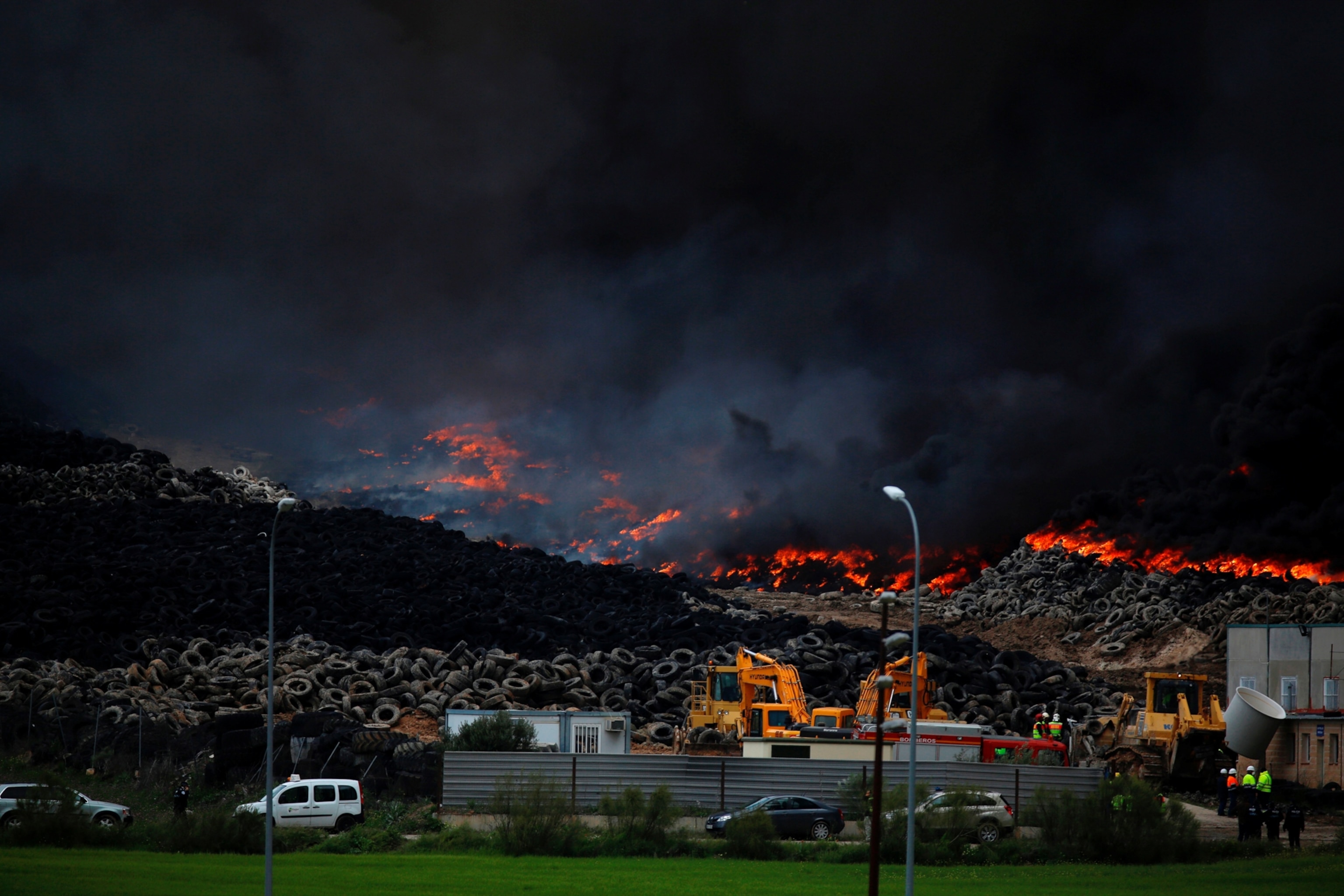
Tire manufacturers have baked 6PPD into their products regularly since the mid-1970s to keep them from degrading and cracking, according to the Interstate Technology Regulatory Council. The companies say 6PPD is an essential safety feature that extends the life of a tire, meaning less cost to the car owner and fewer accidents from blown tires.
Today, at least 5.5 pounds of tiny tire particles are shed per person in the United States each year, according to the California Environmental Protection Agency. Those particles carry 6PPD into polluted air near the ground, where it picks up two hydrogen and two oxygen atoms and transforms into a quinone. Rain sweeps this altered 6PPD into the environment, where it may end up swirling in the eddies of a salmon stream.
The paths to regulating or replacing 6PPD are slow. A lawsuit filed by a non-profit group in California alleges that the largest tire manufacturers in the U.S. violated the Endangered Species Act by allowing 6PPD-quinone to kill populations of endangered coho. (Since coho populations are genetically distinct from one another, some are classified as endangered while others are not.)
That trial is set for January 2026, said Elizabeth Forsythe, senior attorney in the biodiversity defense program at Earthjustice, the environmental law organization litigating the suit.
Three Native American tribes in the Pacific Northwest are taking another tack through the Toxic Substances Control Act, which regulates the use of toxic chemicals in the U.S. In 2023, the Environmental Protection Agency granted a petition from the Yurok Tribe, the Port Gamble S’Klallam Tribe and the Puyallup Tribe of Indians to establish regulations prohibiting the manufacture and use of 6PPD. No timeline has been set for an incoming legislation proposal.
Researchers like Caitlin Lawrence, a graduate student at the Puyallup lab, are trying to identify chemicals that could take the place of 6PPD. The Washington Department of Ecology released a report soon after the 2021 study was published with a list of potential alternatives.
But the problem with alternatives, said Lawrence, is that any could be just as covertly reactive to the environment as 6PPD. Environmental toxins in general are poorly understood, she said, and it doesn’t take a lot for them to have a massive impact.
Still, 6PPD and 6PPD-quinone don’t stick around in water in the same way as forever chemicals. The half-life for 6PPD is about three hours; for the quinone it’s a little longer, which means “it’s only persistent because we’re driving every day,” and constantly releasing tire particles, said Lawrence.
Soil and sediment filtration systems are effective at keeping stormwater junk from entering the environment. But there’s not enough funding floating around to cover Seattle in rain gardens.
The problem isn’t intractable, insist Ivy and Lawrence. Their research could prod manufacturers to change from within, or legislation to change them from without. New data informs water quality regulations that impact fragile watersheds, and helps researchers identify which coho populations would benefit most from filtration systems.
“I think we can live in harmony with them, even in an urban setting,” said Ivy. “It just takes being careful where we tread.”

